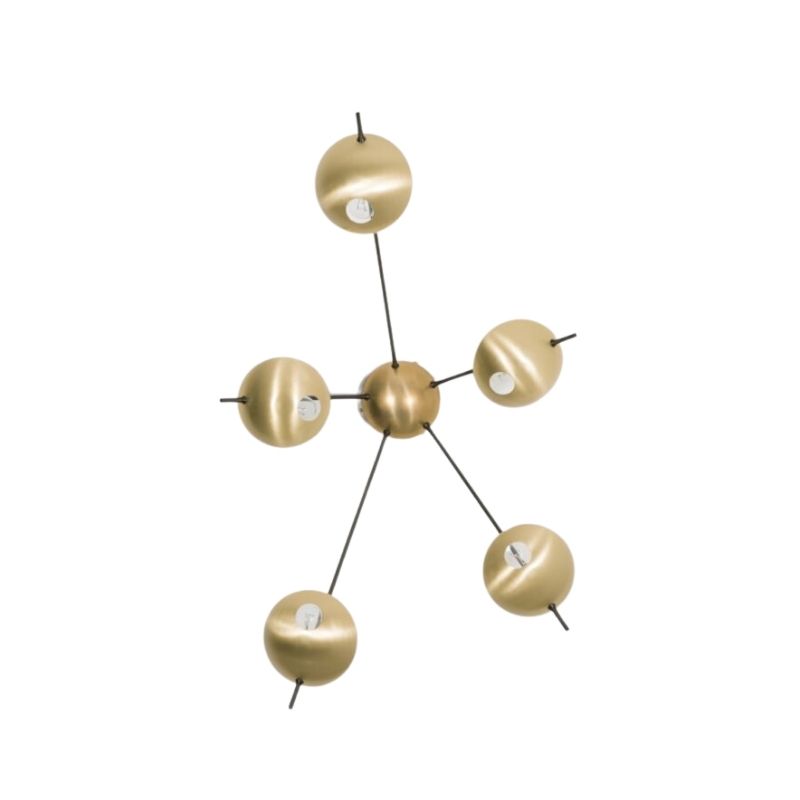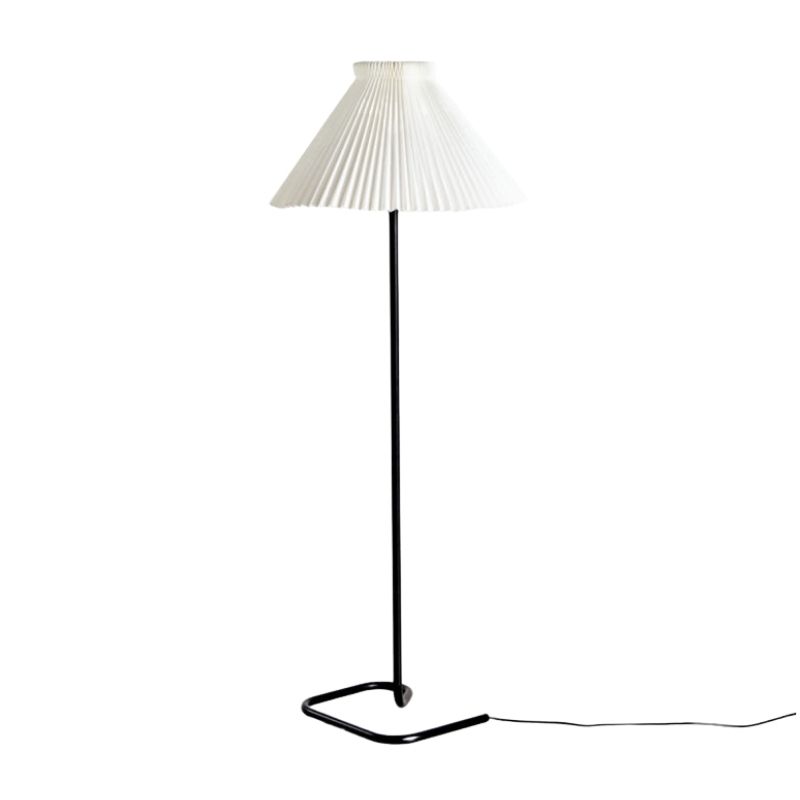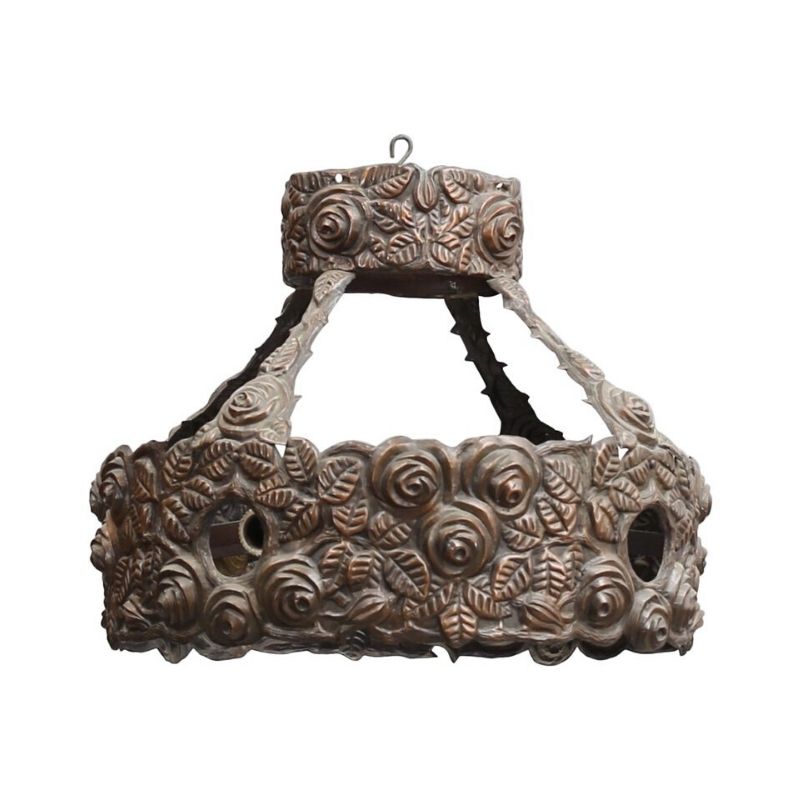Is that your personal photo, straylight?
Google images result, when I searched McCobb Contempri. (I own all these pieces except the covered bowl, in solid white-- but was too lazy to take a photo).
It's funny, when I do a google search for Eva Zeisel's Museum line, one of the first photos I get is the one that I posted on this forum several years ago.
In any case, thanks for sharing your photo!
We have used...
Arabia's Ruska designed by Ulla Procopé for the last 40-some years. In spite of numerous international and intercontinantal moves we only have lost one or two pieces...but of course it is not white. If I was in the U.S. I would choose Heath Ceramics, not only for it's friendly design and quality, but also for the fact that it is still produced in California.
By the way, in the ceramic industry we used to say "stoneware is for using, porcelain is for figurines" Porcelain has come a long way but it became the material of the elite because they could replace it! I have to agree with William Holden Caulfield that "Transition" from Langenthal/Block (Langenthal is the manufacturer, Block the importer in the U.S who in this case initiated the line and choose the designer) is beautiful porcelain, extremely well made and it was a very smart way of making a supereliptical shape on equipment that was made for round shapes.
I've always understood that porcelain is in fact sturdier than stoneware
which of course is why all sorts of thin delicate shapes can be made of the stuff. The resulting thin delicate shapes are what make it more prone to breakage. (Two similar dinner plate shapes? Porcelain far stronger.)
...not that simple...
The thickness of porcelain is not the result of the fact that the strength of the material allows it to be thinner, but simply because translucency has always been appreciated in porcelain and thicker porcelain is not translucent. Kaolin, one of the components of porcelain is found in different degrees of plasticity and some varieties, like Bentonite, Montmorillonite etc. are extremely plastic, so the material allows it to be shaped that way. In many cases the pieces are slip cast in which case plasticity matters to, but less.
Reduced flexibility of the vitrified material generally increases the risk for breakage, but there again there are numerous exceptions. A good exemple is Figgjo AS in Norway who makes such strong dinnerware that it is the prefered choice for all knowledgeable professionals...and cruise ships. Yet technically it is not porcelain but somewhere between a white stoneware, feldspar porcelain and close to vitrified faience(whiteware. The reason being that they have access to a specific Feldspar found amoung other places in norway, called Korund or Korundum. It's typical Trigonal-Hexagonal-Scalenohedral (looks like a American football ball) crystal shape gives the end material unusual strength. So, yes to declare stoneware always stronger than procelain is an over simplification but true more often than not!
Nothing's more beautiful
Than Zeisel's current One-O-One everyday dinnerware available from Bloomingdale's. Seen it yet? It's currently on sale.
http://www1.bloomingdales.com/catalog/product/index.ognc?ID=113373&Pseud...
Zencat
If you don't mind driving to LA, Fitzsu (on Melrose, a few doors down from Denmark 50) may have them in stock; they sell the entire Iittala line.
http://www.fitzsu.com/brands-iittala-c-255_487.html
If you need any help, please contact us at – info@designaddict.com









